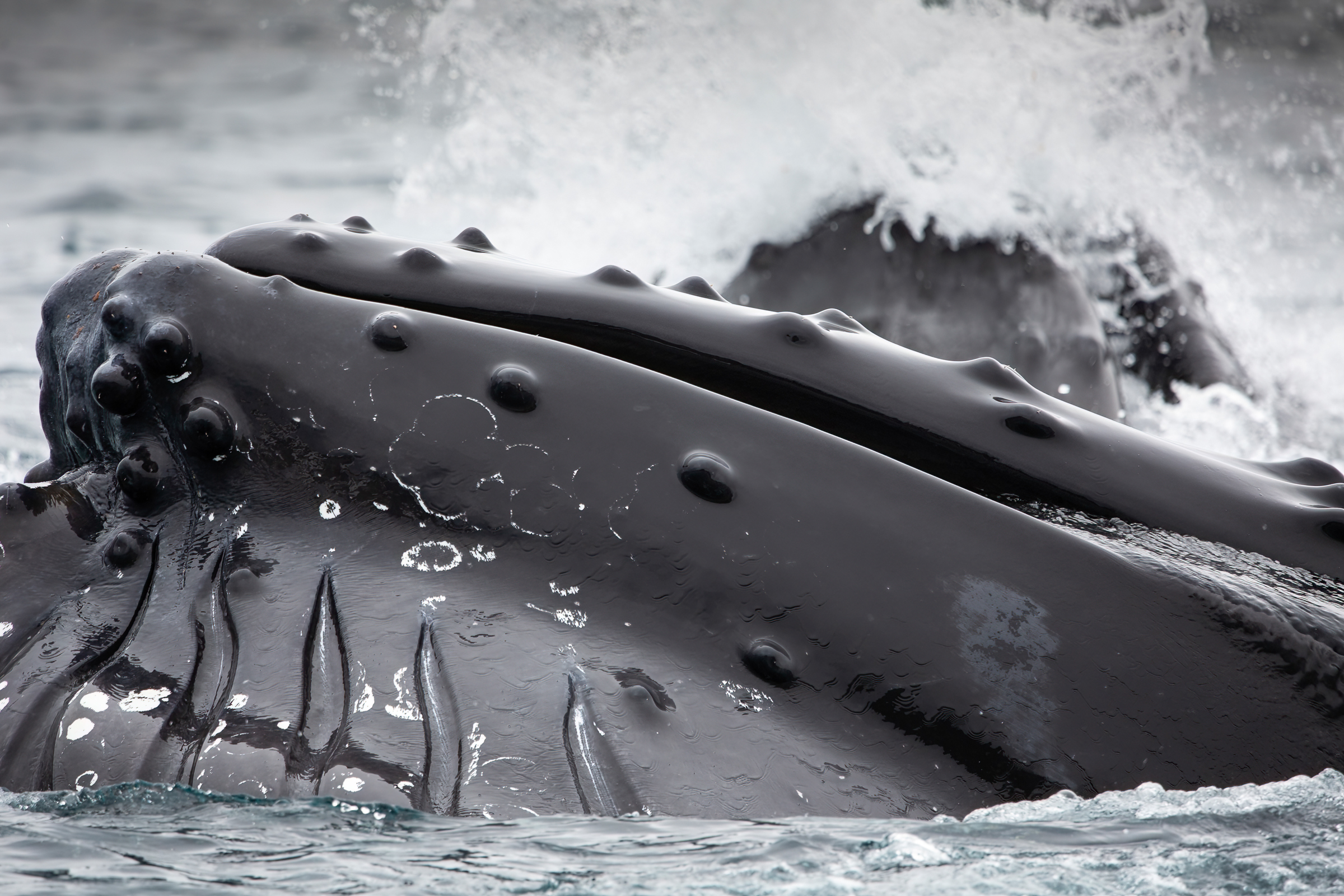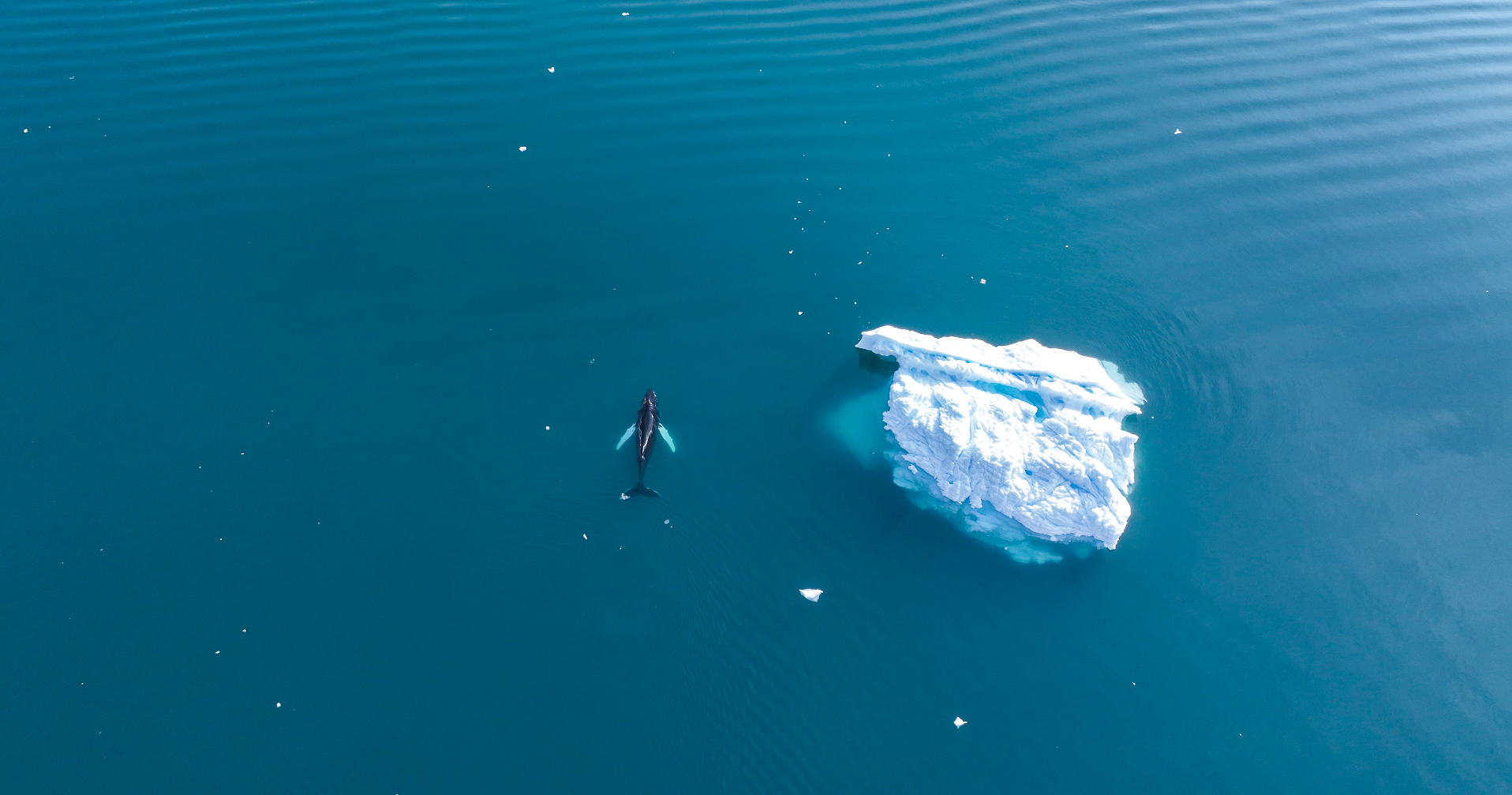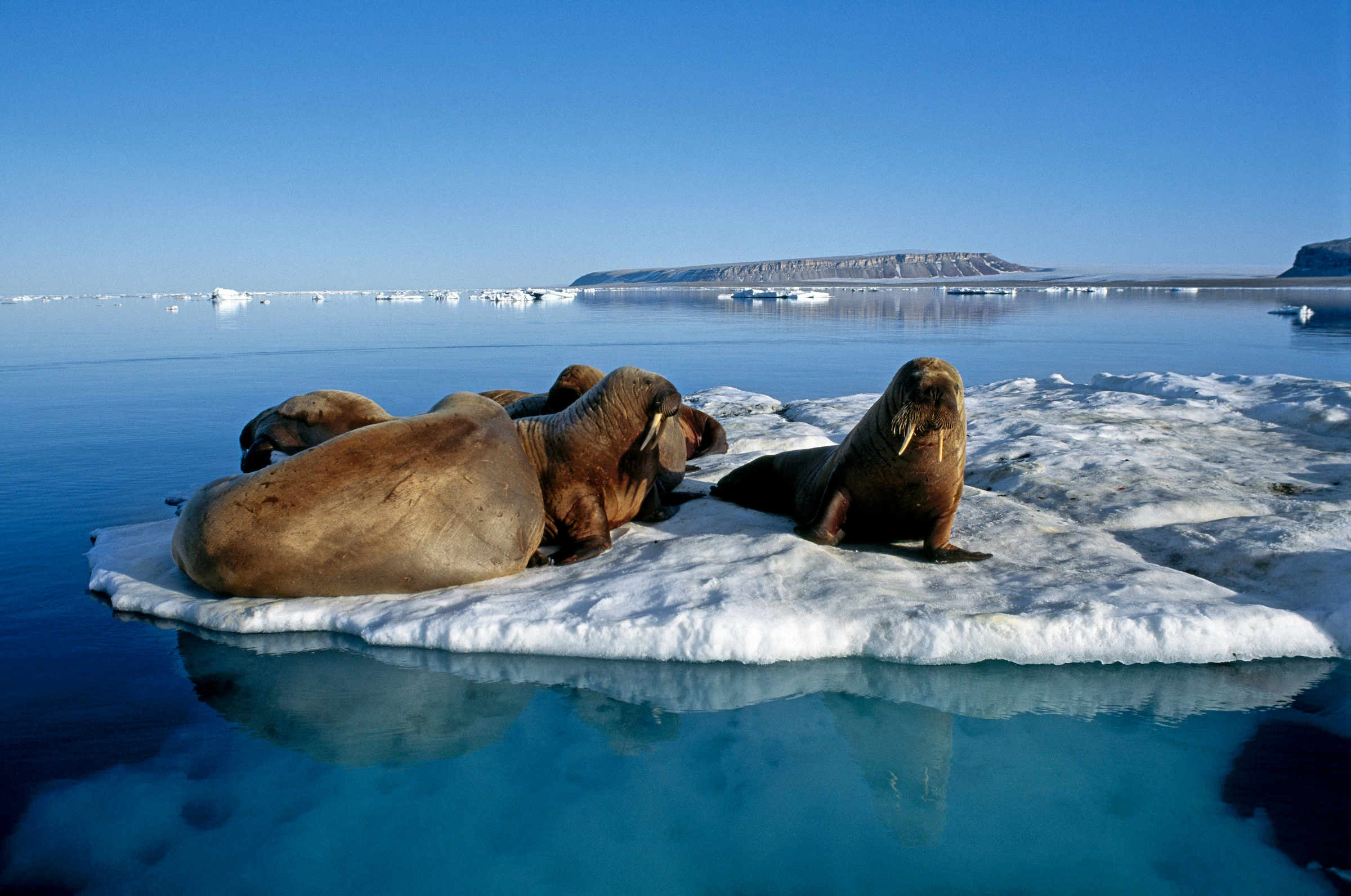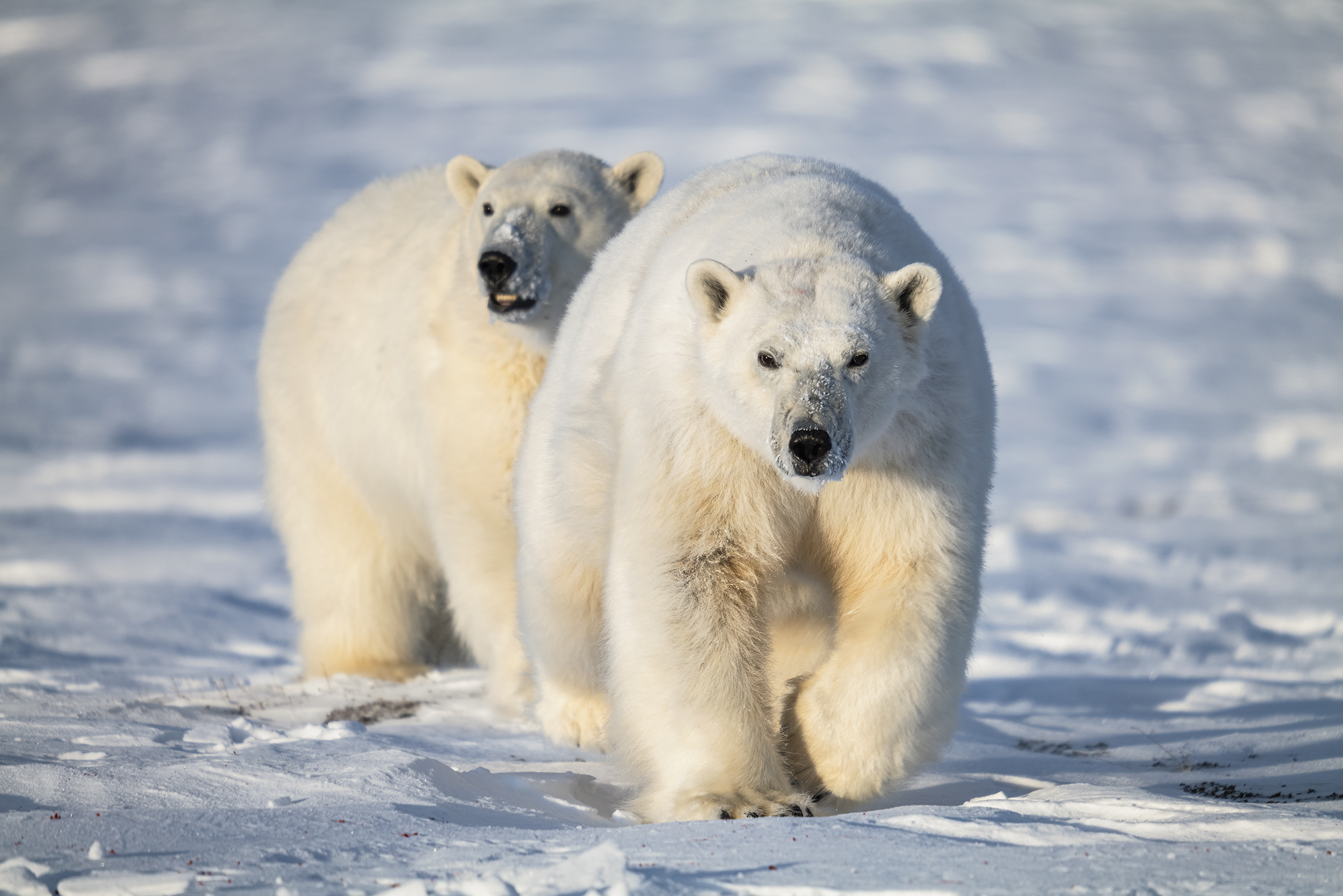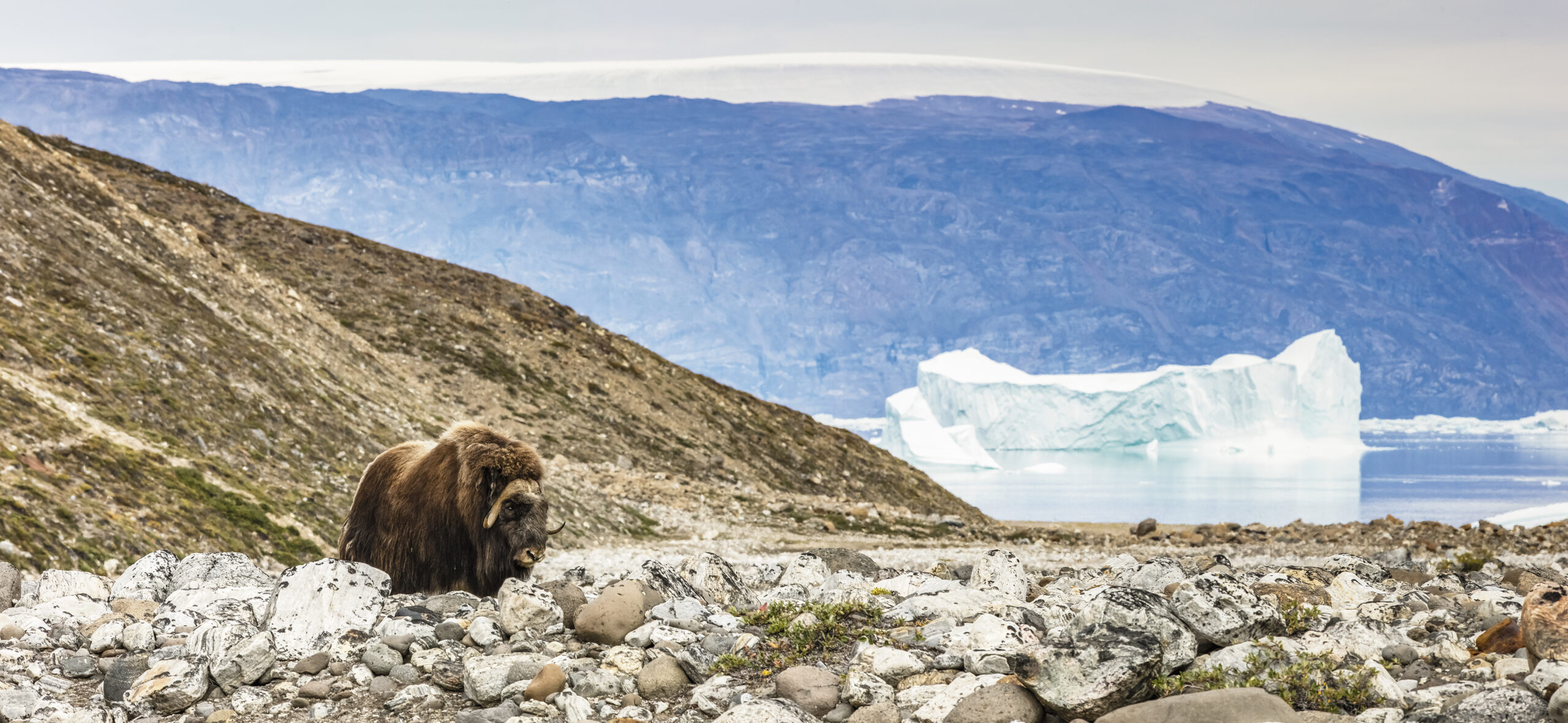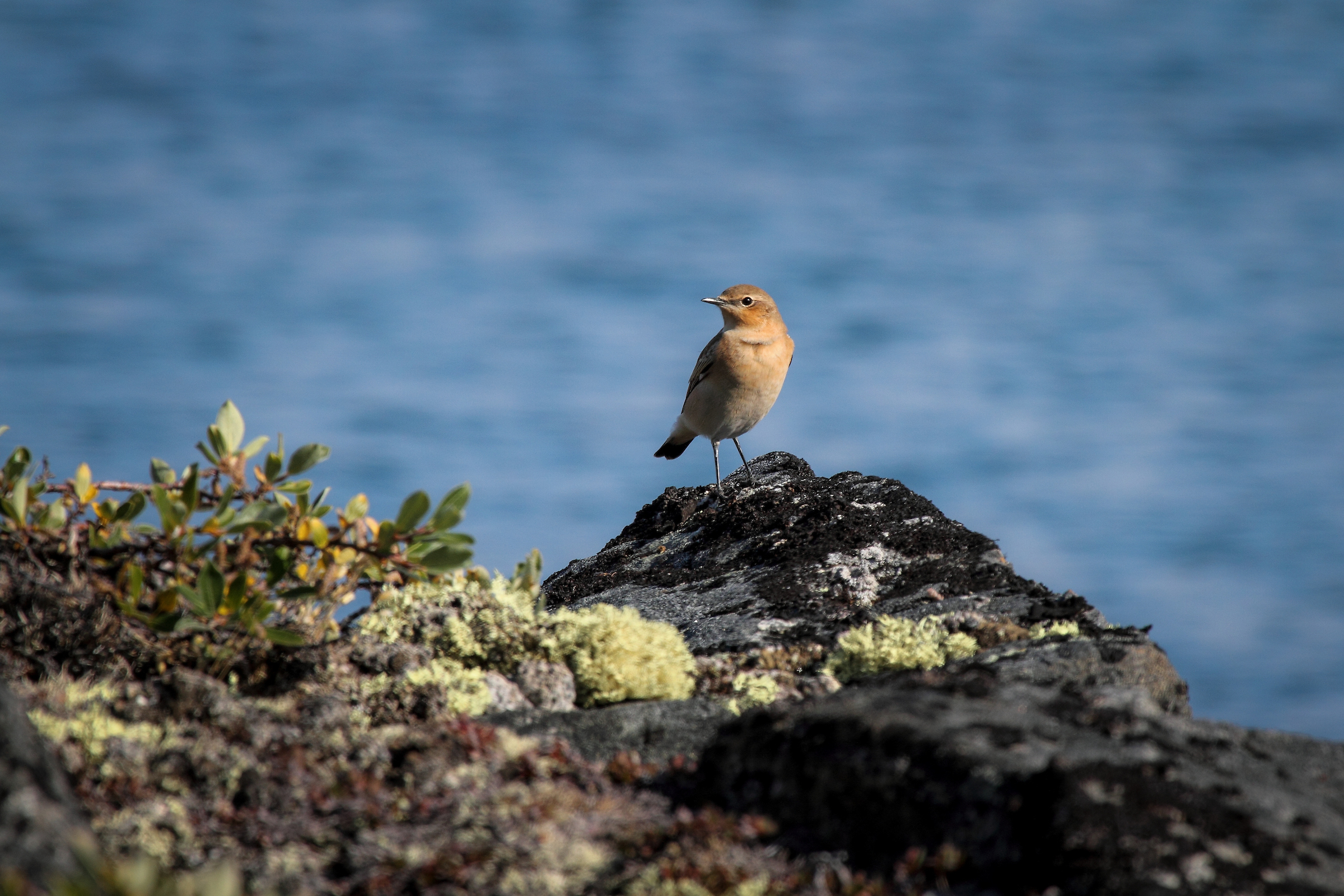A Spectacular Biodiversity in the Arctic Wilderness
East Greenland, a region sculpted by the forces of ice, wind, and sea, is an enclave of Arctic biodiversity. Its severe climate and rugged terrain have given rise to a specialized set of wildlife species that have adapted to thrive in this harsh yet mesmerizing environment. For those who venture into this expansive wilderness, the fauna here presents a spectacular display of the resilience and beauty of nature. Let’s explore the myriad of species that call East Greenland their home and the habitats within which they can be found.
Marine Life
Narwhals commonly known for the iconic long, spiraled tusks, navigate the cold waters of East Greenland. The tusks can greatly vary in length and in fact, it is usually only the male species that develops the tusk. Commonly, the only canine tooth on the upper left side of the jaw becomes a tusk. Only in very rare cases narwhals with two tusks can be observed or even a female is developing a tusk. These elusive cetaceans are best spotted in the Scoresbysund area or Kangerlussuaq fjord where they dive deep beneath the ice floes in search of squid and fish, surfacing in open leads and polynyas in a spectacular display of Arctic marine life. Most commonly you can observe humpback whales, the Greenland whale or bowhead whale, minke whales or fin whales, especially when taking a whale safari boat tour. Further species that can be found along the East coast of Greenland are the beluga, long-finned pilot whale, sei whale, killer whale/orca, white beaked dolphins, white sided dolphins, sperm whales and bottlenose whales.
Seals & Walrus
Seals are ubiquitous in East Greenland’s waters. Species such as the ringed seal and the harp seal can be spotted lounging on floating ice or peering from the water’s edge. Meanwhile, the hooded seal, known for the males’ striking nasal sac, prefers the deeper, offshore waters. Overall there are 5 different species of seals found in the East Greenlandic waters: harp seal, ringed seal, harbor/common seal, hooded seal and bearded seal.
In the remote and icy waters of East Greenland, the Atlantic walrus is a formidable presence. These massive pinnipeds, with their distinctive tusks and whiskered muzzles, are often found in small herds along the rocky shores and ice floes. A large male may weigh as much as two tons. They are especially prevalent around the Scoresby Sund area, where they haul out on the ice to bask in the weak Arctic sun.
Polar Bear
The king of the Arctic, the polar bear, is distributed over the entire region of East Greenland. There are two distinct subpopulations that habitat different areas along the East coast. The North-East population arrives with the sea ice from the North and covers vast areas traveling along with the sea ice, which is used for seal hunting. The South-East population has been confirmed to survive by relying on glacial ice and life in the fjords for most of the year and in this way has been isolated for hundreds of years from their Arctic counterparts.
Fish
The frigid waters of East Greenland teem with a variety of fish species, adapted to thrive in the cold Arctic environment. The Greenland halibut, a flatfish prized for its delicate flavor, can be found gliding along the seabed, while the fierce-looking Atlantic wolffish lurks among the rocks with its toothy grin. Arctic char, with their vibrant coloration, migrate from freshwater rivers to the sea, exemplifying the region’s rich connection between inland and marine ecosystems. In deeper waters, the redfish and Greenland shark patrol the twilight zone, the latter being one of the longest-living vertebrate species known. Each species contributes to the complex aquatic tapestry of East Greenland, supporting not only the local ecosystems but also the indigenous communities that rely on these waters for sustenance and a way of life deeply intertwined with the sea.
The silvery shoals of capelin perform their cyclical dance, arriving in staggering numbers to spawn along the coast, their presence a crucial element in the diet of numerous larger predators. Cod, the sturdy mainstay of Northern fisheries, navigate these nutrient-rich waters, offering sustenance to local communities and playing a historical role in East Greenland’s economy. The cold, clear depths also harbor swarms of prawns. Amongst these, the snow crab scuttles across the ocean floor, its robust form and delectable meat making it yet another valuable asset in the region’s diverse aquatic offerings.
Terrestrial Mamals
On land, the Arctic fox, with its winter white or blue-gray coat, scampers across both the tundra and the ice, often scavenging around the edges of the ice for leftover prey from polar bear hunts. The muskox, with its thick fur and formidable horns, roams the inland areas. These prehistoric-looking animals can be found only in North-East Greenland, in the area of Jameson Land basin, where they graze on the Arctic vegetation. The stoat and the collared lemming are also present throughout North-East Greenland, but are rarely seen due to their secretive behavior. Whereas, the Arctic Hare is commonly and widely distributed throughout North-East Greenland, and there is a good chance that visitors to the area will be able to observe both species.
Bird Life
East Greenland is also a haven for birdwatchers. The skies and cliffs are teeming with avian life during the breeding season. The snowy owl, the silent hunter of the Arctic, can be observed in the areas of North-East where lemmings, their primary prey, are abundant. Seabirds such as little auks, black guillemots, and puffins can be found in vast numbers on the steep cliffs that border the sea. These locations serve as their breeding grounds and can be observed in the thousands, creating a bustling spectacle. The gyrfalcon, the largest of the falcon species, can be seen soaring above in search of prey, while ptarmigans blend into the rocky ground, barely distinguishable from their surroundings. Additionally, white-tailed eagles, northern wheatear, northern fulmars, eiders and ravens can be found along the East coast of Greenland.
Visitor Experience
For the intrepid traveler, East Greenland offers unparalleled wildlife experiences. Whether it’s through guided tours, hiking trips, or from the boat, the opportunities to observe and appreciate these creatures in their natural settings are abundant. It is a world where life persists with tenacity and grace under the Northern Lights and the Midnight Sun, inviting us all to witness the untold stories of survival and beauty at the edge of the Earth.
About the Author

Anna Burdenski is a multifaceted individual with a rich tapestry of experiences spanning across continents. Born and raised in Germany, her journey took her through the vibrant cultures of Malaysia, the charming intricacies landscapes of Denmark, and the picturesque terrains of Austria. In November 2021, Anna chose to immerse herself in the pristine beauty of Tasiilaq, East Greenland. Initially venturing into the region for a research project, her deepening connection with the land soon saw her stepping into the role of a tourism coordinator for the newly established DMO Visit East Greenland in 2023. Her deep respect for local lifestyle, combined with her diverse background and commitment to showcasing the unparalleled beauty of East Greenland, positions her perfectly as a bridge between visitors and the rich tapestry of experiences East Greenland offers. Her journey from a globe-trotter with desire to immerse herself in diverse experiences to becoming part of the community in Tasiilaq centers around the intricacies of cultures and the splendor of nature as her source of inspiration. The rhythmic dance of the boat on the waves and the glint of the sun on the ocean became her meditation, a way for her to feel at one with the surrounding environment. Being exposed to and living with the elements requires a variety of skills, acceptance and patience, which connects to the rhythms of nature and weather.


